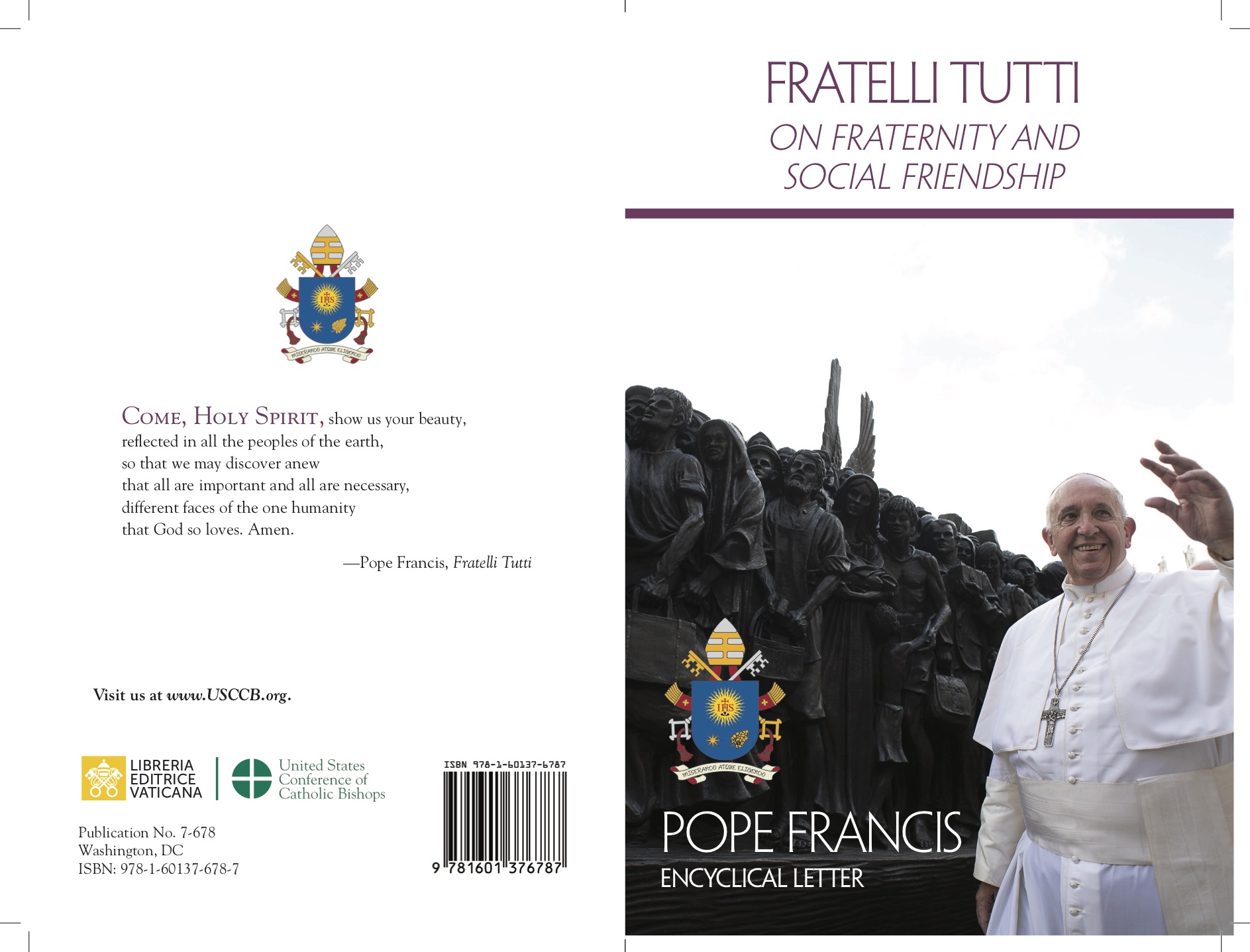
For the medieval man, “Jubilee” was synonymous with “indulgence”, and before Boniface viii announced the great pardon to the world in the year 1300, medieval Christianity had never celebrated a Jubilee as we understand it today. The statements contained in the chronicles of Cistercian, Alberic of Three Fountains, according to whom, “It is said that this year was celebrated as the fiftieth year, or the year of jubilee and remission”, very likely refer to indulgences granted at the time by Innocent iii to anyone who processed behind the image of [Saint] Veronica. If it had been a proper jubilee, traces left behind in chronicles and documents would have been altogether different. Moreover, there is no explanation for why it was announced for 1208, a year that had no significant commemorations.
It was thus Boniface viii who established the Christian Jubilee. However, the idea did not come from the pontiff or from his close collaborators. Thanks to an extraordinarily important source, the De centesimo seu Jubileo anno liber (Book on the 100th year or Jubilee), a work by Jacopo Stefaneschi, Cardinal Deacon of San Giorgio al Velabro (there is a magnificent sample in the cod. G. 3 of the Archive of the Chapter of Saint Peter, kept in the Vatican Apostolic Library), we can, in fact, learn of the antecedents of the decision which eventually impelled Pope Caetani to grant to the world a “total” remission of sins.
“A rumour had been spreading”, Stefaneschi narrates, “regarding the holy year, whose imminent start was expected with the number 1300. (…) It divulged a promise: those who went to Rome to the Basilica of Saint Peter, Prince of the Apostles, would obtain the fullest remission of all sins”. Thus, a voice emerged and spread among the people: the conclusion of the centennial would bring with it the promise of a “total” indulgence. Stefaneschi helps us recognize the effects of such a belief, although even he does not know its cause or, at least, its immediate motivation, given that the following or remote one was in fervid eschatological expectation, which permeated Christianity for the duration of the Middle Ages and peaked in the 1200s.
Anticipation was already there, alive, as the end of the century drew near. The spark to light the fire was missing. “And the astonishing thing is this: for almost the entire duration of 1 January — reports the De centesimo seu Jubileo anno liber — the secret of the new remission remained hidden; but, as the sun set, towards evening, almost until the deep silence of midnight, the Romans became aware of it: and behold their flocking in crowds to the sacred basilica of Saint Peter. They thronged huddled by the altar, hindering each other so that it was barely possible to approach, as if they thought that on that day, which was soon to end, the granting of the grace, at least of the greater one, should end with it. And we could not say without any uncertainty whether they rushed in moved by some morning sermon given in the basilica on the centennial, or jubilee, or of their own free will or — what I believe is most plausible — drawn by a sign from heaven, which intended to recall past celebrations of the jubilee year and signal future ones”.
Stefaneschi’s theory that some preacher had spoken of the indulgence is certainly plausible. However, I don’t know if one should think of a “morning sermon given in the basilica” or rather, of a preacher travelling through the city, which, given that the appeal was launched in the morning, would not explain why word would have begun to spread only at sunset. And we know, certain voices have the power to spread among the people as quickly as sparks propagate through a field of stubble: “With these beginnings the faith and attendance of citizens and foreigners began to increase day by day”. The rumour therefore, took form from the grassroots, not from on high. And, once in motion, nothing and no one was able to stop it.
Boniface viii however, did not give up. After all, had he not already decisively opposed Celestine v ’s decision which, just a few years earlier, had excessively loosened the purse strings, granting plenary indulgence to all those who, on a designated day, contrite and confessed, would travel to the Basilica of Santa Maria di Collemaggio in L’Aquila? For this reason, our source tells us, “the good father decreed that confirmation should be sought in the ancient books. But from them, nothing of what was sought came to full light, perhaps because of the fathers’ negligence, if it was lawful to damage his reputation; or because those books had been lost as a result of schisms and wars whose storms very often troubled Rome — and it is a reason for tears, not wonder — or because it was the fruit more of imagination than of truth”.
They were thus thorough investigations, but ones which produced no results. And nothing came of them because there was nothing, which also exposed the pontiff, as he had no precedents on which to fall back, if not for the decision of his immediate predecessor, which he certainly could not — nor did he want to — use as leverage. Meanwhile word increasingly caught on, branching out in various ways: “Some asserted that on the first day of the century year, the stain of all guilt was erased, while others thought an indulgence of a hundred years was being granted. And so, for the duration of about two months, they kept hope together with doubt, and many flocked in large numbers, and in more compact crowds than usual on the day when the venerable effigy commonly called the Sudarium or Veronica, was put on display for the whole world”.
The Sunday following the octave of the Epiphany, which that year fell on 17 January, the crowd was especially large due to the scheduled exposition of the Veronica. There was even a witness who claimed to have been 107 years old. Introduced in the pontiff’s presence, he declared that he remembered the previous turning of the century, when his father had gone to Rome to gain pardon, and told him that “if he was still alive at the following centennial, which he did not think possible”, he should go to Rome himself. “We questioned him”, assured Stefaneschi, “and he reported the same news”.
Boniface viii thus asked for “the opinion of the Sacred College about the new subject matter of the centennial year, not yet fully studied”. The Pope was far from unprepared and he was well aware that he had to venture into unknown territory. In that circumstance, a yes or no could not come without prior consultation: in fact, “the question, through the apostles’ merits, received a favourable answer”. The decision was thus reached to announce the Jubilee. It was made public with the letter, Antiquorum habet fida relatio, on 22 February 1300. The pre-established date, the feast day of the Chair of Saint Peter, was certainly not random, given that it was “in the fullness of apostolic authority” (plenitudo potestatis) that the pontiff — reads the letter — granted “forgiveness, not only full and abundant, but totally, for all sins”.
Driven by public pressure, and after some initial hesitation, Boniface viii announced the extraordinary event of that total remission, of which he would become the generous provider. That day was celebrated with special splendour and solemnity. “The Roman bishop with the priests went up to the ambo veiled with gold-embroidered silk cloth, and after an address to the crowd, the letter was finally read”. Welcoming the people’s request, in his plenitudo potestatis, he thus presented himself to the world as magnanimus pontifex, sole holder of those keys that alone could open the chest containing the Church’s treasure.
In this way his decision was an attempt to manifest that fullness of his power, the inherent charismatic power of the hierarchical Church: a message that was immediately understood. “Against heretical trends” — wrote Arsenio Frugoni — “which […] had denied the need for the Church’s mediation for salvation, he launched his promise of forgiveness, to which the faithful’s overwhelming preoccupation with salvation would respond. Reservations, immediately and earnestly raised by Mendicant friars, about the real extent of the indulgences, would be annihilated, more than by theologians’ clarifications, by the flood of pilgrims who, because of that wonderful gift, recognized in the Pontiff the Vicar of God”.
But it was a short-lived victory. Two years later he would solemnly reaffirm his hierocratic ideal in the letter, Unam sanctam, declaring that in the “Church and in its power are two swords; namely, the spiritual and the temporal”: “indeed, the latter is to be exercised on behalf of the Church; and truly, the former is to be exercised by the Church. The former is of the priest; the latter is by the hand of kings and soldiers, but at the will and sufferance of the priest. However, one sword ought to be subordinated to the other and temporal authority, subjected to spiritual power”. However, the dissolution of the empire was followed by the assertion of national powers, and by then, a secular concept of politics and the State was appearing on the horizon.
The Jubilee of 1300 thus constituted a climactic moment in Boniface’s pontificate, and certainly remaining alive in the hearts of witnesses was the great flood of pilgrims who headed towards Rome as if to a long-coveted destination, and who, upon reaching the Urbe, with its churches, monuments and superb ruins, perceived the trace of a centuries-old, grandiose memory of which they felt a part, even if just for a moment. As Arsenio Frugoni wrote, it was “the final trial of the great medieval papacy”.
Felice Accrocca




 Purchase the Encyclical here Fratelli Tutti
Purchase the Encyclical here Fratelli Tutti